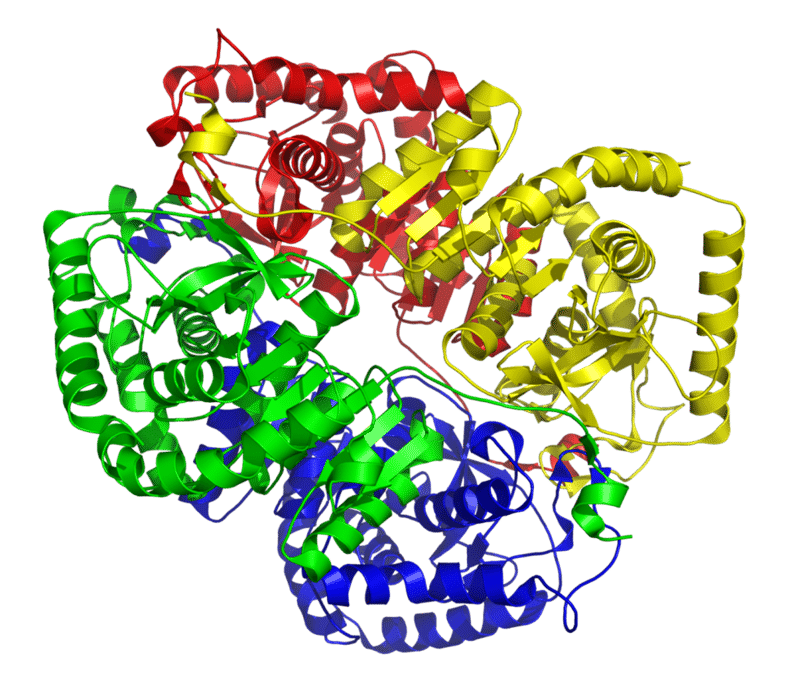Protein solubility is a key factor for successful 2D gel electrophoresis. Thus, the choice of protein solubilization buffers can greatly affect the results of your experiments. Proteins need to be solubilized during sample preparation and electrophoresis to break the inter- and intra-molecular interactions involved in protein aggregation (e.g. disulfide and/or hydrogen bonds, ionic and/or hydrophobic interactions, and van der Waals forces). Failure to break these interactions may result in sample loss or the formation of experimental artifacts.
Using Chaotropic Extraction Buffers to Preserve the Native Charge of Protein
Why Is LDH (Lactate Dehydrogenase) Release A Measure for Cytotoxicity?
Wondering why LDH, or lactate dehydrogenase, release is a good measure of cytotoxicity? When treated with a cytotoxic compound, living cells may face one of two fates. They could either stop growing and dividing, or die through either of two distinct processes - necrosis or apoptosis. Basically, cells undergoing necrosis (accidental cell death) swell and lose membrane integrity before shutting down and releasing their intracellular contents into the surrounding environment. This type of cell death is usually triggered by external factors such as toxic chemical or traumatic physical events.
Topics: Cytotoxicity Assays
Gel electrophoresis is a simple, rapid and highly sensitive tool that can be used to separate proteins based on their physical properties (e.g. molecular weight and native charge or isoelectric point) prior to downstream detection or analysis. The separation of proteins by electrophoresis can be explained by the fact that charged molecules will travel through a gel matrix when an electrical current is applied. Proteins are commonly separated in this manner using polyacrylamide gel electrophoresis (PAGE) to identify individual proteins in complex samples or to examine multiple proteins within a single sample.
Why Today's High School Biology Classes Are Teaching Biotech
As you probably know, biotechnology has grown tremendously over the past decade. What you may not know, however, it is now being taught in some high school classes. This post will explore why biotech is being taught as early as high school and how this is paving the way for a new generation of biotech experts.







